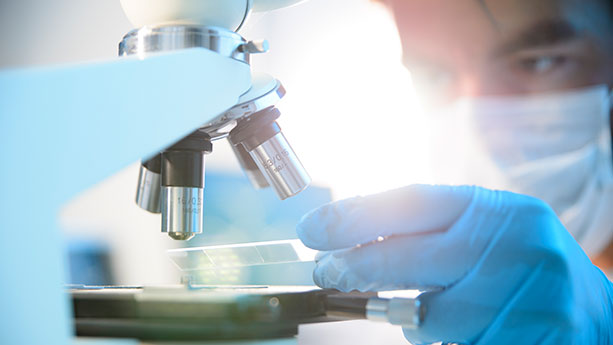The heart relies on electrical impulses to beat. When the area of the heart sending the signals (the sinoatrial node) develops a problem or the electrical pathways become blocked, your heart can develop an irregular beat called an arrhythmia. This can cause worrisome symptoms such as heart palpitations or dizziness or, in serious cases, even lead to cardiac arrest.

Implantable Pacemaker
A pacemaker is a device with a small, battery-powered generator and one or more wires (or leads) that monitors the electrical impulses of your heart and, when needed, produces electrical impulses to help your heart regain a regular rhythm. A cardiologist implants the pacemaker under the skin, usually in the chest near the shoulder, and extends tiny lead wires through a vein to your heart muscle.
Our experts may recommend a cardiac resynchronization therapy device, a specialized pacemaker, which works especially well for those at risk of heart failure and whose heart chambers do not beat in unison. It stimulates two areas of the heart – the right and left ventricles (lower chambers) and atria (upper chambers) – to help them pump more efficiently.













